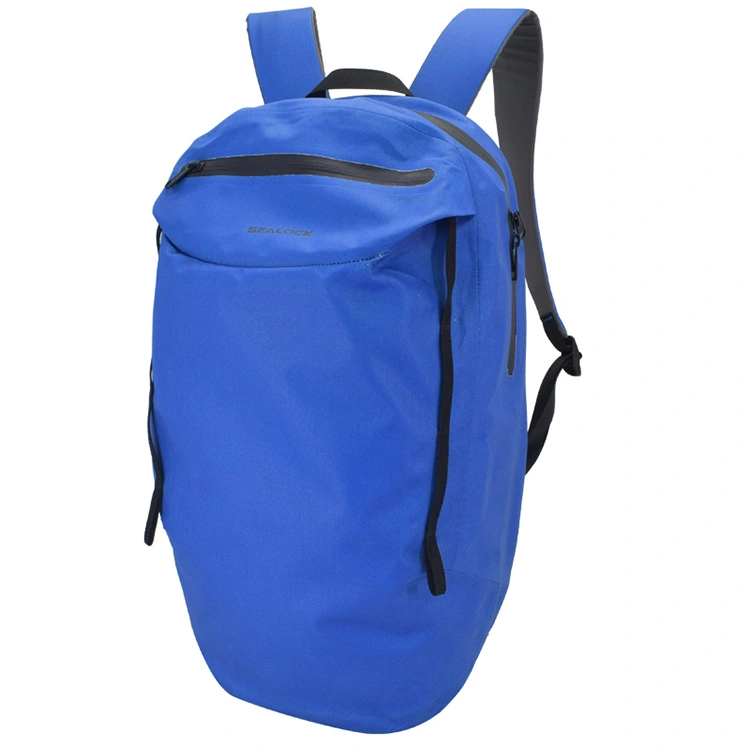
- English
- Español
- Português
- русский
- Français
- 日本語
- Deutsch
- tiếng Việt
- Italiano
- Nederlands
- ภาษาไทย
- Polski
- 한국어
- Svenska
- magyar
- Malay
- বাংলা ভাষার
- Dansk
- Suomi
- हिन्दी
- Pilipino
- Türkçe
- Gaeilge
- العربية
- Indonesia
- Norsk
- تمل
- český
- ελληνικά
- український
- Javanese
- فارسی
- தமிழ்
- తెలుగు
- नेपाली
- Burmese
- български
- ລາວ
- Latine
- Қазақша
- Euskal
- Azərbaycan
- Slovenský jazyk
- Македонски
- Lietuvos
- Eesti Keel
- Română
- Slovenski
- मराठी
- Srpski језик
What size dry bag for kayaking?
2024-09-06
When choosing the right dry bag size for kayaking, there are several factors to consider, including the type of activity you plan to do, the amount of gear you need to carry, and personal preference. Here are some tips on how to choose the right dry bag size:
1. Consider the type of activity and gear needs
Short kayaking or leisure activities:
If you are doing short kayaking, casual fishing, or just having fun on the water, you may need to carry less gear, such as a phone, wallet, keys, and some snacks.
In this case, a smaller dry bag (such as 5L to 10L) may be enough. It is light and easy to carry, and can protect your basic items from getting wet.
Long kayaking or expedition activities:
If you plan to go on long kayaking, expedition activities, or need to carry more gear, such as spare clothes, sleeping bags, cameras, etc., then you need a larger dry bag.
Dry bags with a capacity of between 20L and 50L usually meet these needs and ensure that all your gear is well protected.
2. Consider personal preference and convenience
Portability:
Smaller dry bags are usually lighter and easier to carry, suitable for occasions that require frequent movement or limited space.
However, if you don't mind the extra weight and bulk and need to carry more gear, a larger dry bag may be a better fit for you.
Storage and access:
Consider the opening design and interior layout of the dry bag to ensure that you can easily store and access your gear.
Some dry bags have a roll-top design that can be sealed by rolling up and fastening the top; while others may have a side opening or zipper design for quick access to the contents inside.
3. consider other factors
Buoyancy and durability:
Make sure the dry bag you choose has enough buoyancy and durability to meet the challenges of water activities.
High-quality dry bags are usually made of waterproof materials and are specially treated to enhance their wear and water resistance.
Brand and price:
There are many different brands and prices of dry bags on the market. When choosing, please evaluate it based on your budget and needs.
In summary, when choosing the right dry bag size for kayaking, please consider your activity type, equipment needs, personal preferences, and other factors. If you are only going on short trips or leisure activities and need to carry less gear, then a smaller dry bag may be sufficient; however, if you are planning on long-distance kayaking or expedition activities and need to carry more gear, then a larger dry bag may be more suitable for you.



